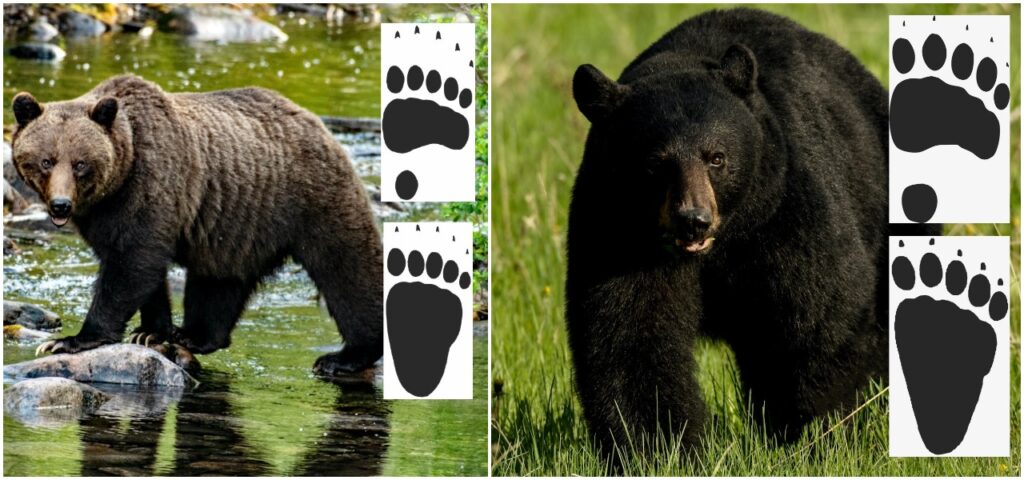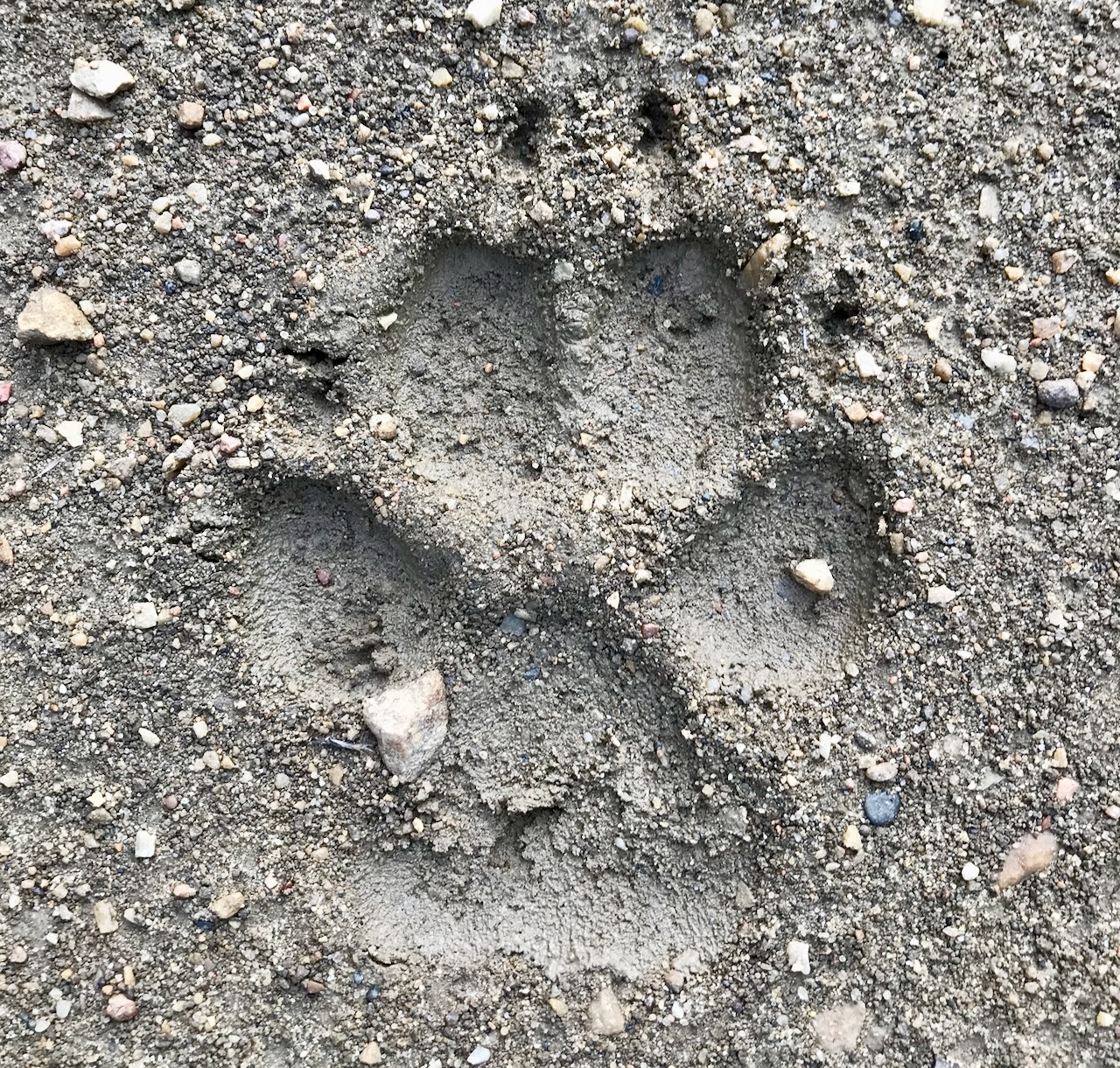SCAT TRACK FEVER
Fresh sign can sure get your heart pumping, especially when you know exactly what you’re looking at. Get an edge by properly reading predator and prey tracks and scat
Advertisement

BEAR TRACKS
Tracks made by grizzlies, brown bears (coastal grizzlies), black bears and polar bears are generally similar in shape, but differ immensely in size and claw marks depending on the species. To simplify, black bear and inland grizzly tracks are the smallest, while brown and polar bear tracks are the largest.
With all bears, the rear footprints are elongated and narrower at the heel than at the toes, while the front footprints are more rounded in shape, with a small heel pad. Both the front and rear tracks typically show five toes and five claw marks; the exception is the polar bear, which seldom leaves claw marks in the snow because of all the hair between its toes.
Advertisement
In part due to their smaller size, black bears can leave behind less evident claw marks than grizzlies and brown bears, which have distinctly longer claws that make more visible and deeper indentations in the ground. Likewise, grizzly, brown and polar bear tracks will be many times larger than black bear tracks. An average 200-pound black bear boar may have a front pad measuring 3½ inches in width; find one measuring around five inches and you’ve got a trophy-class bruin. By comparison, a sizeable grizzly track will measure between five and six inches across the front pad, while a decent brown bear track will be at least nine inches across the front pad.
Bear tracks are commonly found near natural food sources, and along well-used bear trails and traditional travel corridors such as beaver dams, creeks, rivers, ridges and other drainages. When you find bear tracks, also look for complementary sign, such as piles of scat and trees torn up by bears ripping the bark away. As well, look for claw marks on trees, which are typically made by young bears, particularly black bears, as they climb.

